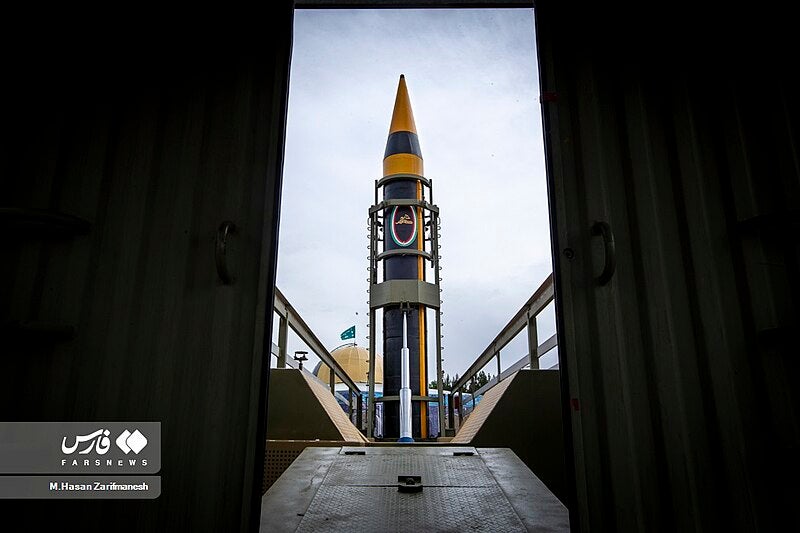Iran Unveils An Upgraded Version Of Its Medium-Range Khorramshahr Ballistic Missile
On Wednesday, 24 May, Iran showcased an upgraded version of its medium-range Khorramshahr ballistic missile at a ceremony commemorating the 41st anniversary of the liberation of the city of Khuzestan in the country’s south-west from Iraqi Baathist occupation. The ceremony also saw the first known test-fire of the new missile, known as Kheibar or Khorramshahr-4. The test, overseen by Iranian Defense Minister Mohammad Reza Ashtiani, was televised live on state television, and was reported to be successful.
The Kheibar (Khorramshahr-4) is an improved version of the Khorramshahr, an Iranian liquid-fueled medium-range ballistic missile. Kheibar, which differs from Khorramshahr in its longer range, enhanced guidance and control system, and improved structural features, was designed and developed by experts from the Iranian Ministry of Defense’s Aerospace Industry Organization. According to Iranian media, Kheibar, a liquid-fueled missile with a warhead weighing 1,500 kilograms and a range of 2,000 kilometers, is 13 meters long and can be ready for launch in less than 12 minutes. According to General Ashtiani, one of the missile’s defining attributes is its ability to evade radar and bypass enemy air defenses due to its low radar cross section (RCS). The highly mobile tactical missile has a top speed of Mach 16 outside the atmosphere and Mach 8 in atmosphere.
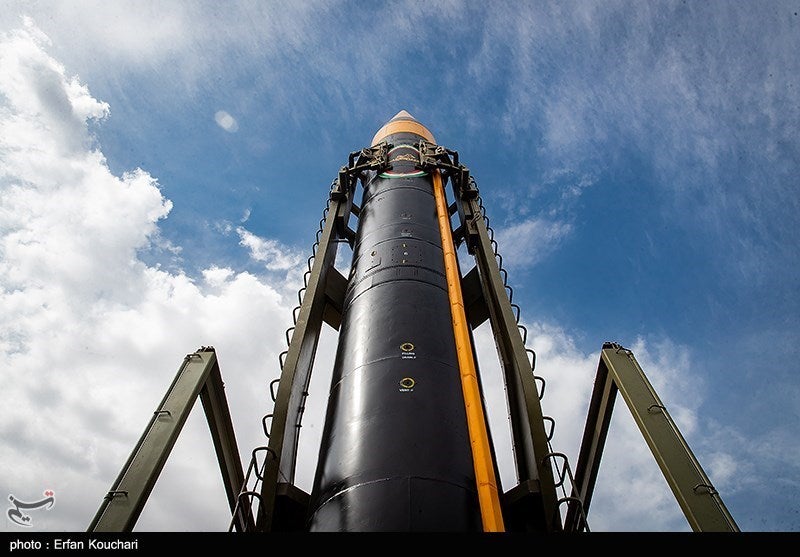
“The message of the Ministry of Defense… is that we are fully committed to defending our country and the achievements of the Islamic Revolution,” Iranian Defense Minister Mohammad Reza Ashtiani said in his speech at the opening ceremony where the missile was unveiled. Ashtiani continued his speech by saying, “We are taking steps to equip the Armed Forces in various sectors of defense such as missiles, drones, air defense, and more. Undoubtedly, more (achievements) will be unveiled in the future.”
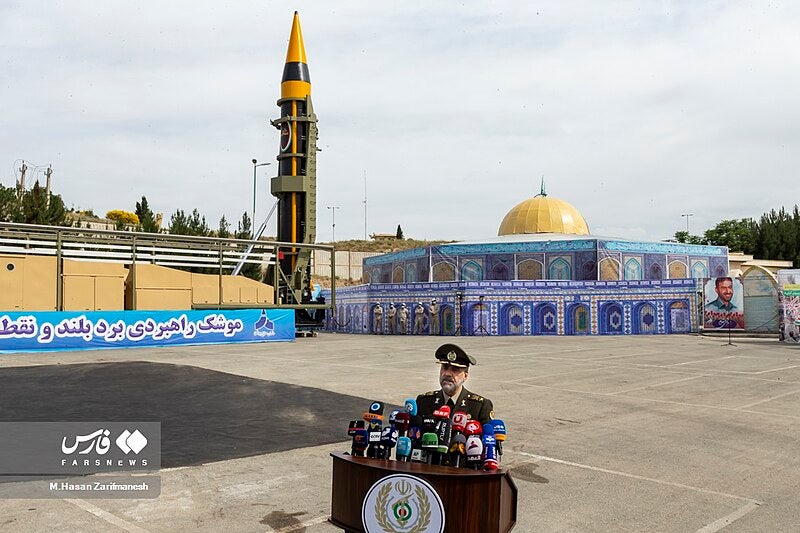
Iran’s newest missile grabbed the attention of US, French, and Israeli officials. According to US State Department Spokesperson Matt Miller, “Iran’s development and proliferation of ballistic missiles poses a serious threat to regional and international security.” Miller stated that they continue to employ numerous preventive mechanisms, including sanctions, to prevent further progress of Iran’s ballistic missile program and the proliferation of missiles and associated technology to other countries, and said: “I would say that despite the restrictions on Iran’s missile-related activities under UN Security Council Resolution 2231, Iran continues to seek a range of missile technologies from foreign suppliers and to conduct ballistic missile tests in defiance of the resolution. And as we’ve said before, an Iran with a nuclear weapon would likely act even more provocatively, and that’s why we are so committed to preventing Iran from acquiring a nuclear weapon.”
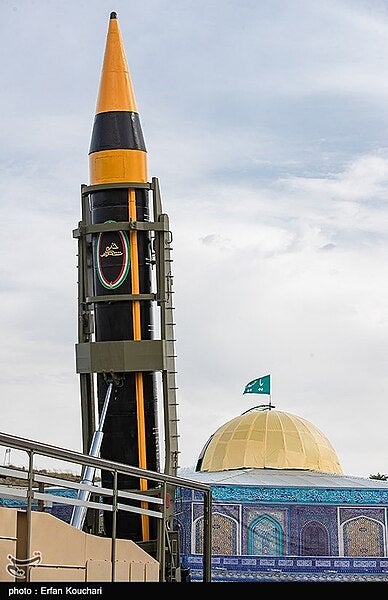
France expressed “concern” about Iran’s recent ballistic missile test in a statement issued by the French Ministry of Foreign Affairs, arguing that the UN Security Council resolution supporting the 2015 nuclear deal was violated.
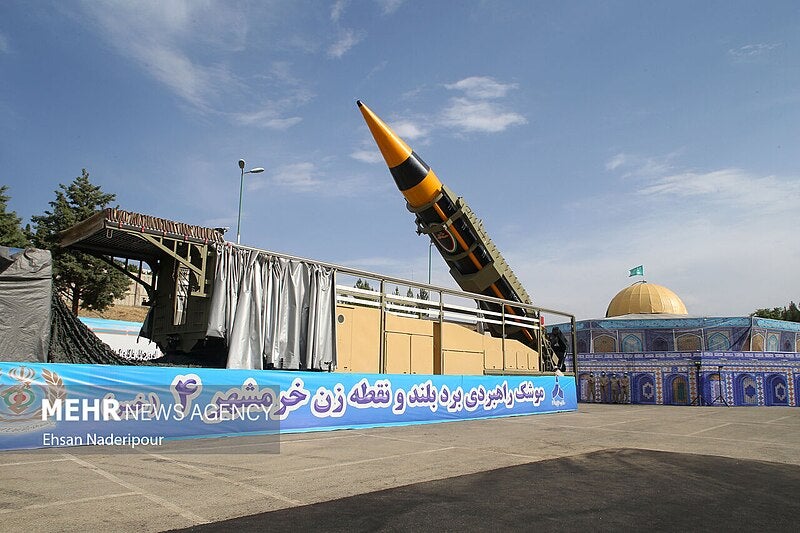
Iran possesses one of the most diverse missile arsenals in the Middle East, having manufactured missiles since the 1980s. Despite disputes with Western countries, particularly the US, over its ballistic missile program, the Iranian government continues to use and develop cruise missiles with a range of up to 2,500 kilometers, as well as various types of short-range (300-700 kilometers) and medium-range (2,000 kilometers) ballistic missiles. The acquisition of these missiles is viewed as a serious threat by Western countries and their regional allies, but Iran maintains that its missile program is solely a deterrent and that it will not engage in any negotiations.

